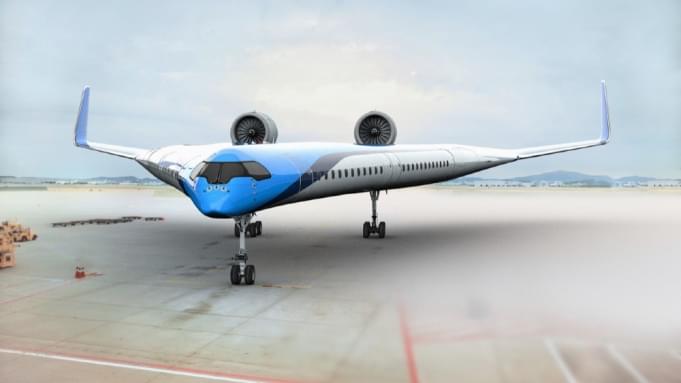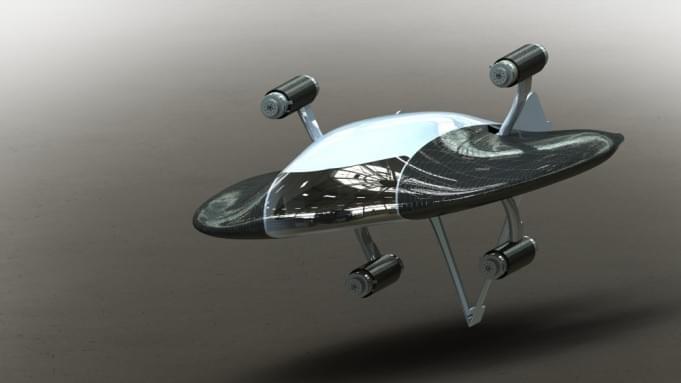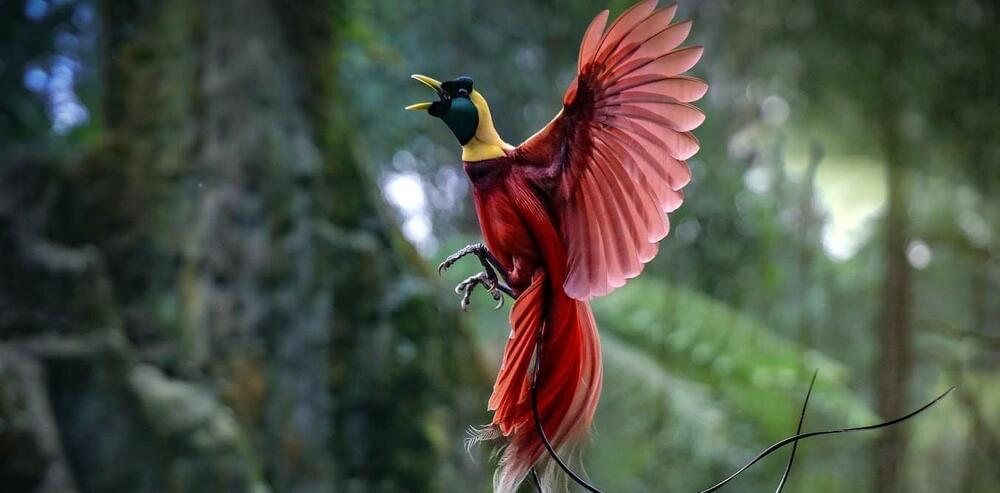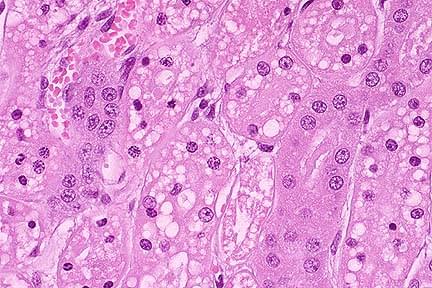The existence of aliens continues to elude scientists, including those that have dedicated their lives to finding definitive proof of extraterrestrial life. While a new study doesn’t point to the existence of aliens, some researchers have been left scratching their heads as to what the “coherent” signal being broadcast from an interstellar planet could be.
Published Monday in Nature Astronomy, scientists revealed they’ve discovered a repeating radio signal coming from the planet YZ Ceti b, located some 12 light-years from the edge of our solar system.






